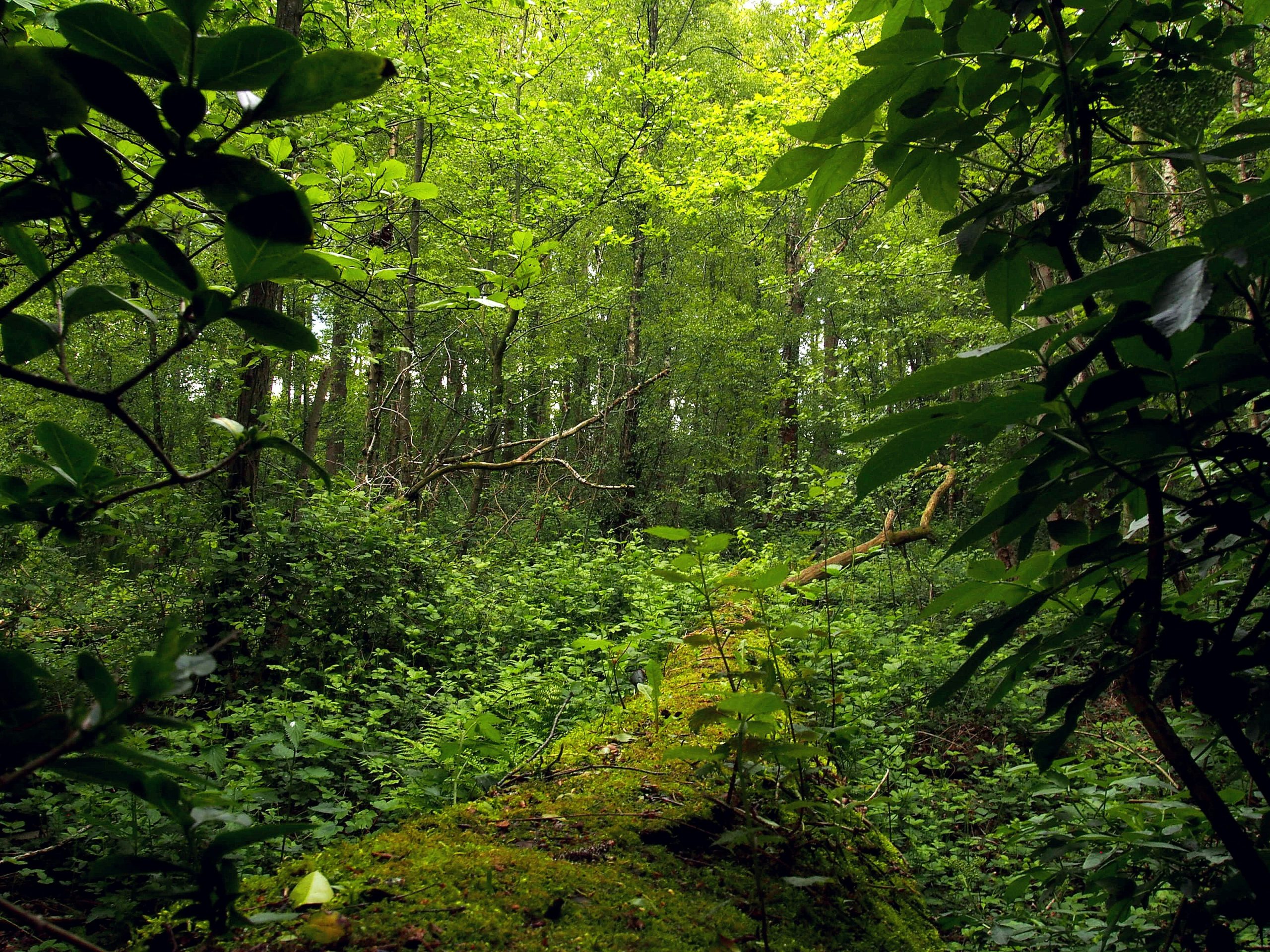Yosemite National Park is one of America’s most iconic wild spaces, but a recent rise in unauthorized activities has created serious challenges for the rangers who protect it. With fewer staff members on patrol, some visitors are pushing past rules, causing damage to fragile environments, risking safety, and forcing the park to divert limited resources to enforcement instead of conservation. While most guests treat Yosemite with respect, a growing number of incidents show how important active management and responsible tourism really are.
Illegal Off-Trail Hiking

As staffing gaps widen, more visitors are leaving marked trails to find hidden viewpoints or shortcuts. While it may seem harmless, off-trail travel crushes fragile plants, widens erosion paths, and disrupts wildlife movement. Rangers once stationed in problem areas are now stretched thin, giving rule breakers more boldness. Social media adds fuel, encouraging hikers to chase “secret spots” without understanding the lasting harm they cause to Yosemite’s
Drone Flights in No-Fly Zones
Drone use has surged, creating chaos for wildlife and ruining the peace that many visitors come to enjoy. Yosemite forbids recreational drones because their noise disrupts nesting birds and can even interfere with search and rescue aircraft. Without enough rangers dedicated to airspace enforcement, more pilots launch drones to capture dramatic footage, leaving others frustrated and park staff responsible for tracking down these hard to police violations.
Unauthorized Campsites

Rangers report increasing numbers of visitors setting up illegal camps far from designated areas. Some campers want solitude; others try to avoid reservation systems during peak seasons. But dispersed, unregulated camping often leads to unburied waste, damaged vegetation, and campfire risks. With fewer seasonal staff available to patrol remote areas, discovering and removing these sites has become a time-consuming task that drains essential emergency resources.
Cliff Trespassing and Climbing Outside Allowed Zones
Certain cliffs and rock formations remain off limits for a reason: unstable rock or sensitive wildlife nesting. But with supervision limited, some climbers take dangerous risks, climbing where they shouldn’t just for a thrilling photo. These actions lead to costly rescues and preventable injuries. Rangers have reported longer response times, which not only endangers the trespassers themselves but also every visitor needing urgent help across Yosemite.
Graffiti and Vandalism on Geological Features
As heartbreaking as it sounds, some visitors leave carved initials, spray paint, or stickers on Yosemite’s famous rock walls and scenic overlooks. Cleaning up these scars is slow, expensive, and sometimes impossible without causing more damage. With fewer eyes watching, vandals act before anyone can intervene. The disrespect affects far more than the stone; it threatens the feeling of wild beauty that defines Yosemite’s identity for millions.
Feeding Wildlife Despite Clear Warnings
Human food can addict wildlife, making them aggressive and dependent. Bears especially learn to raid cars and camps when visitors ignore the rules. Normally, rangers heavily patrol bear-prone areas, but reduced staffing lets unsafe behavior slip by. Each fed animal becomes a long-term management problem that can end tragically. The rise in these cases shows how a single careless moment can put both animals and people at risk.
Parking and Access Rule Violations

Overflowing parking lots inspire some travelers to squeeze their cars into meadows, blocked road edges, or even trail entry points. These violations slow emergency vehicles and crush sensitive ground vegetation. When more rangers were on traffic duty, enforcement kept order. Today, many illegal parkers gamble they won’t get caught, stressing the park’s already packed infrastructure and the crews who maintain it.
River and Water Restrictions Ignored
During drought periods or high flow dangers, certain Yosemite waterways require strict protection. Yet swimmers and anglers sometimes ignore closures when enforcement is thin. Disturbance to riverbeds can destroy spawning habitats for native fish, and risky swimming incidents increase rescue calls for already overworked teams. What feels like summer fun to a few becomes a ripple effect of environmental pressure and greater human hazard.
Abandoned Trash and Improper Waste Disposal

Trash piling up where it shouldn’t is becoming a growing frustration for both staff and respectful visitors. Fewer custodial workers means slower cleanup of overcrowded picnic sites and trailheads. Some hikers leave wrappers tucked behind rocks or toilet paper fluttering in bushes instead of packing out waste. This erosion of basic outdoor ethics harms wildlife health and spoils the scenery that draws travelers here in the first place.
Unauthorized Event Gatherings
Rangers report more pop-up weddings, influencer meet-ups, and commercial photo shoots being held without permits. These gatherings block access, damage meadow areas, and create noise that disrupts wildlife. Normally, enforcement staff would intervene before events grow large, but shortages allow them to continue longer than they should. This trend shows how small groups exploiting loopholes can affect everyone else’s experience in one of America’s treasured parks.





